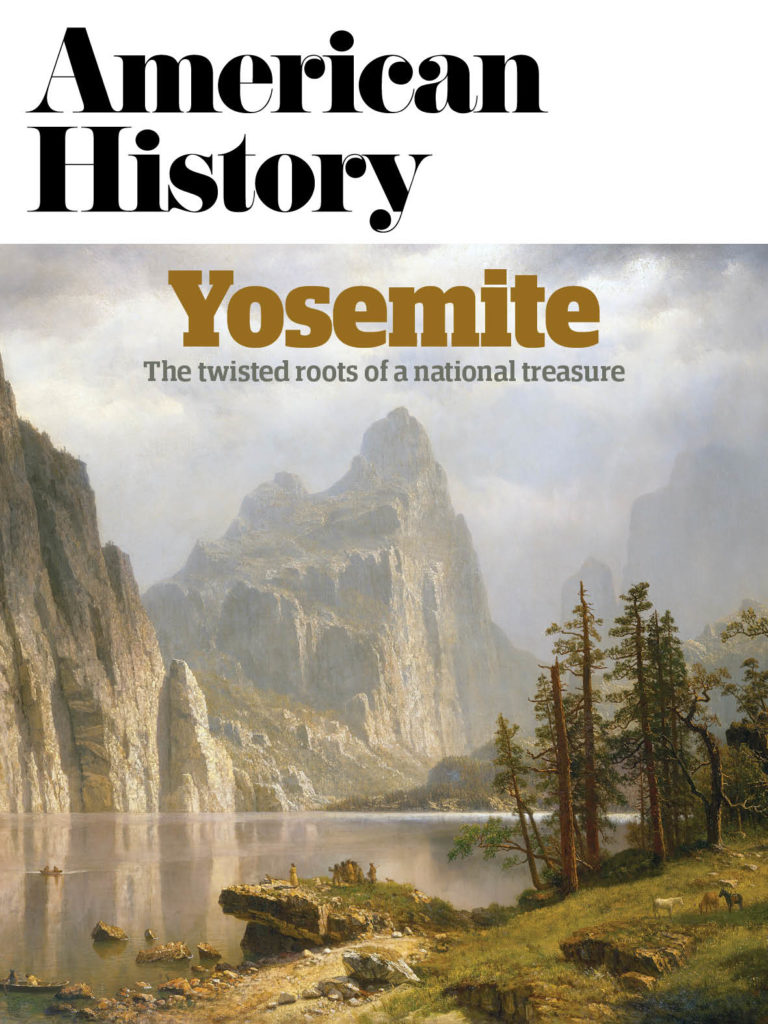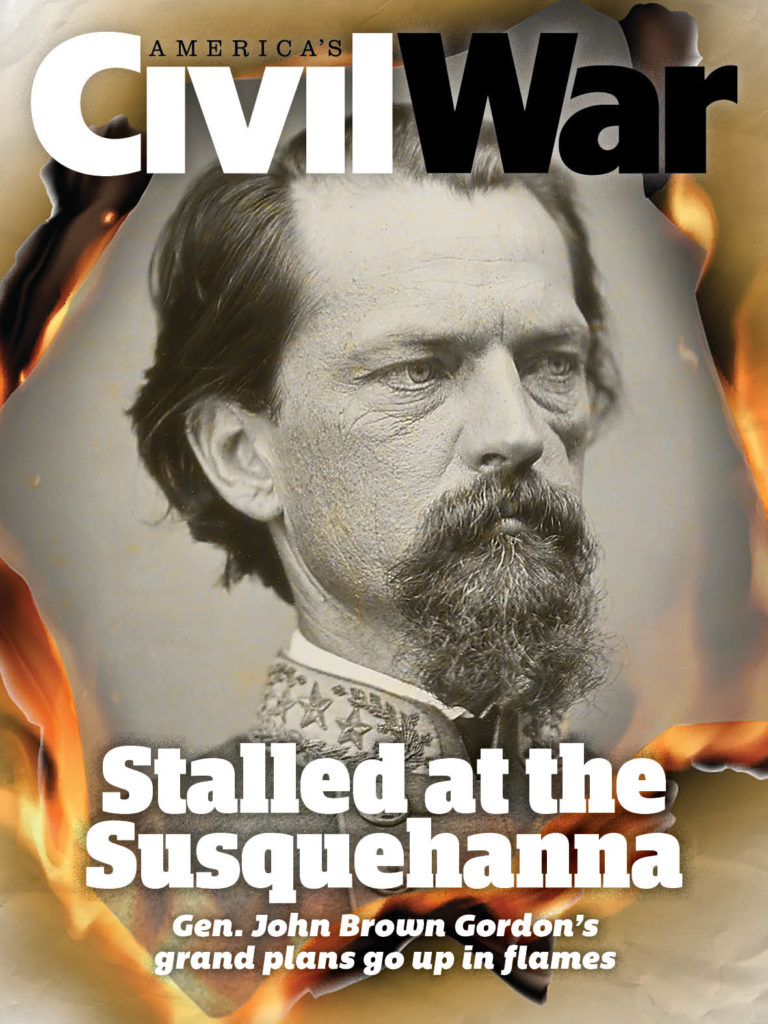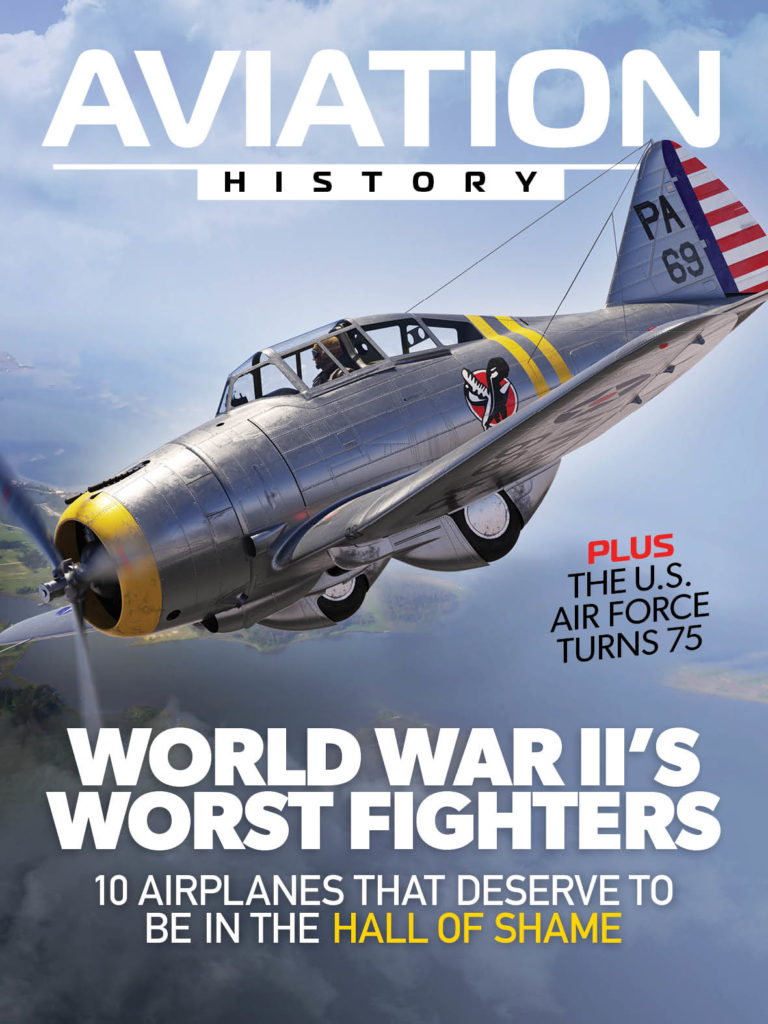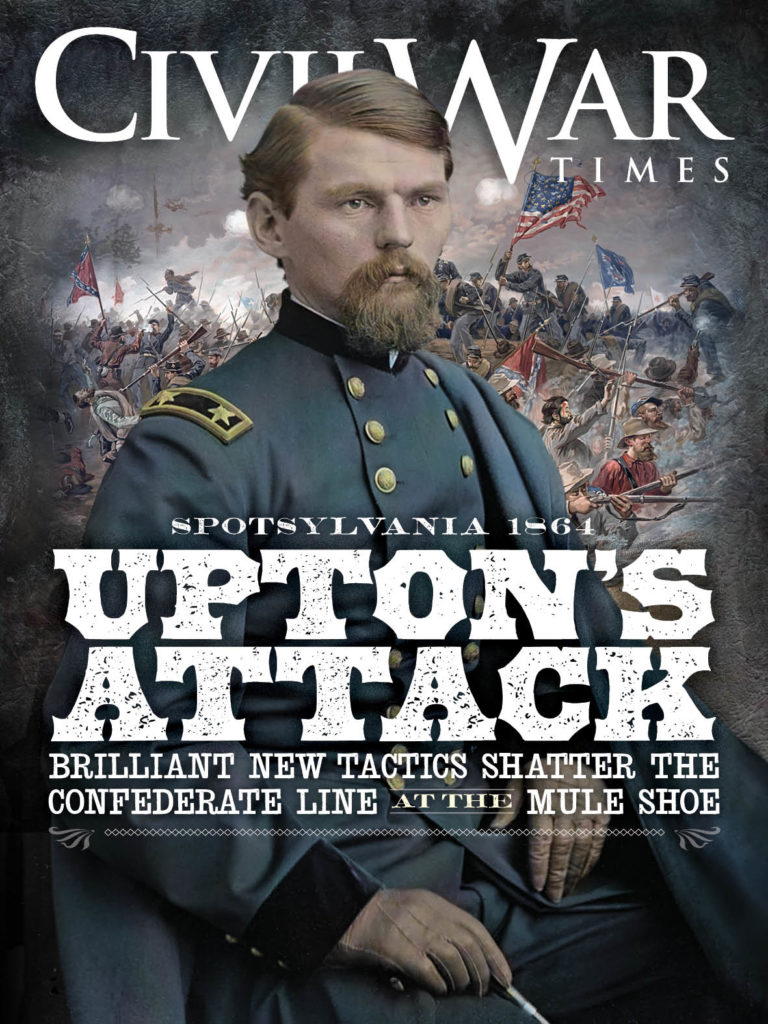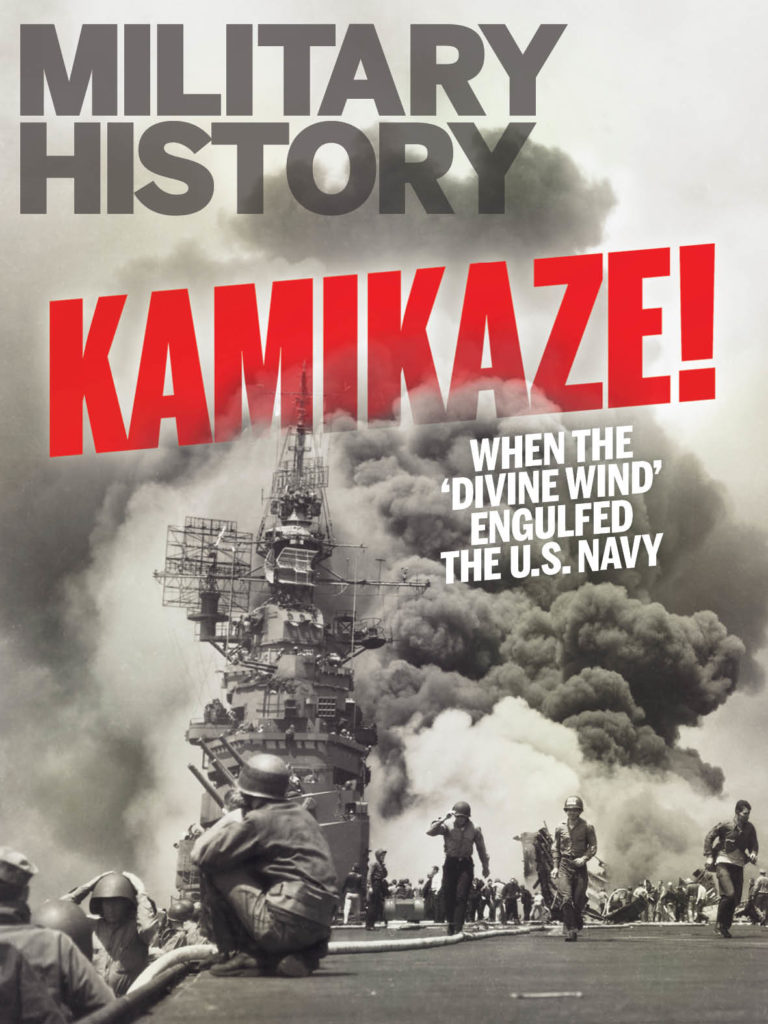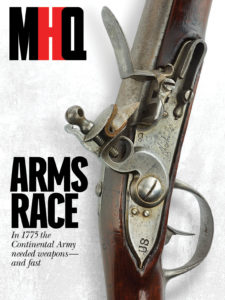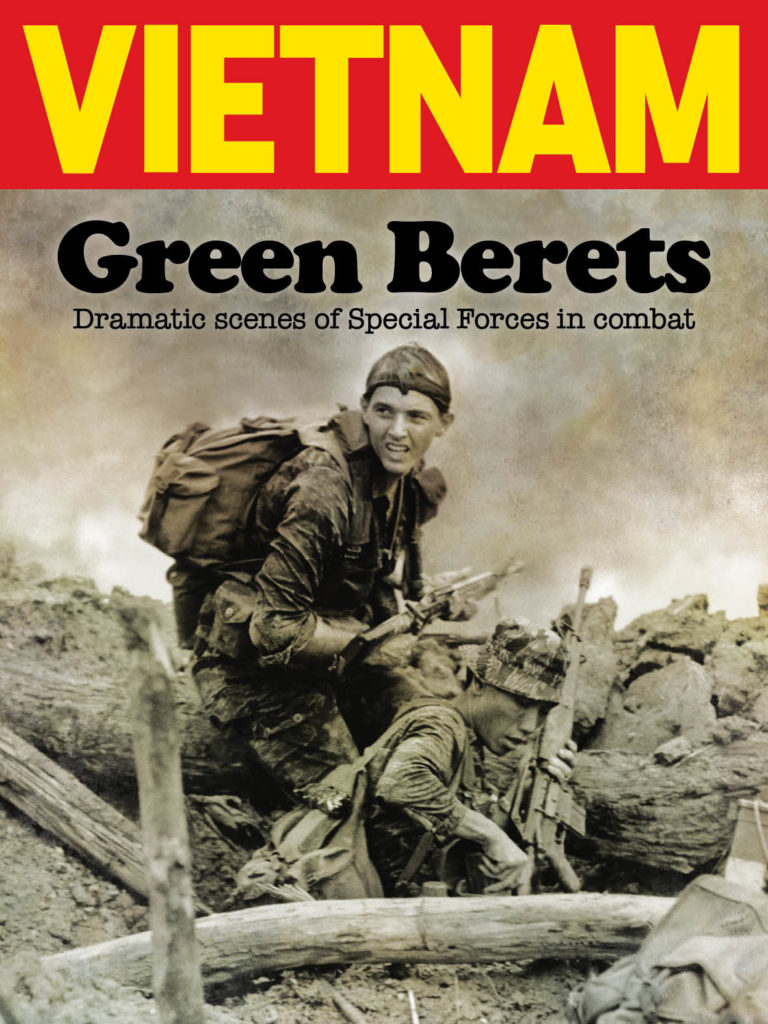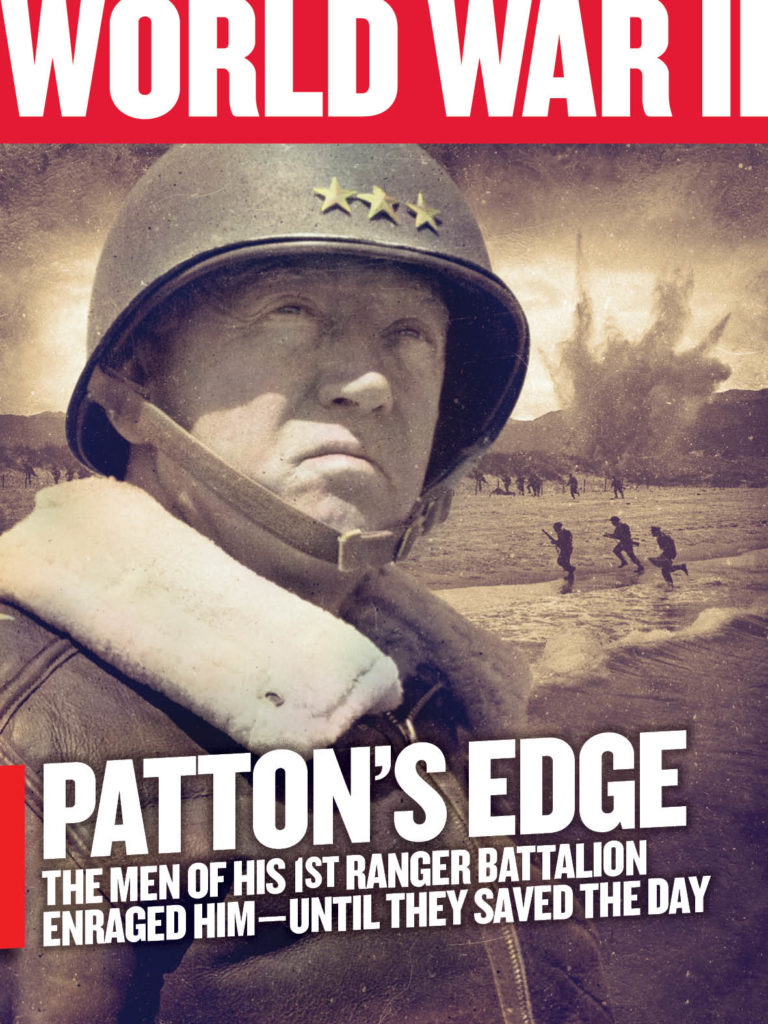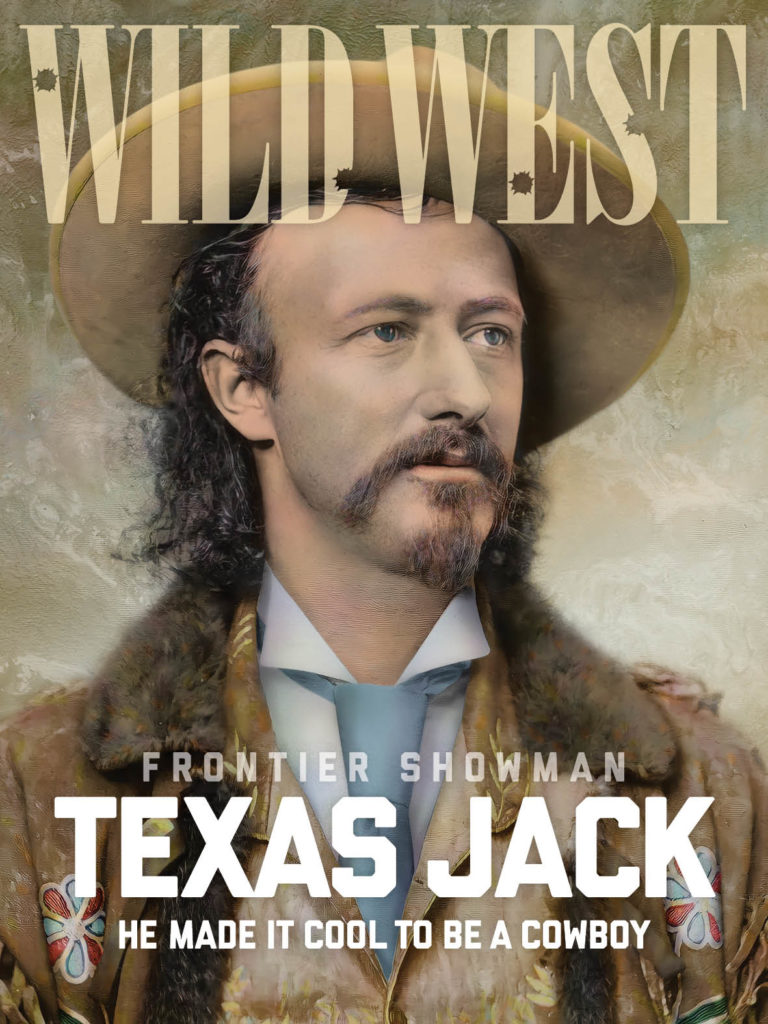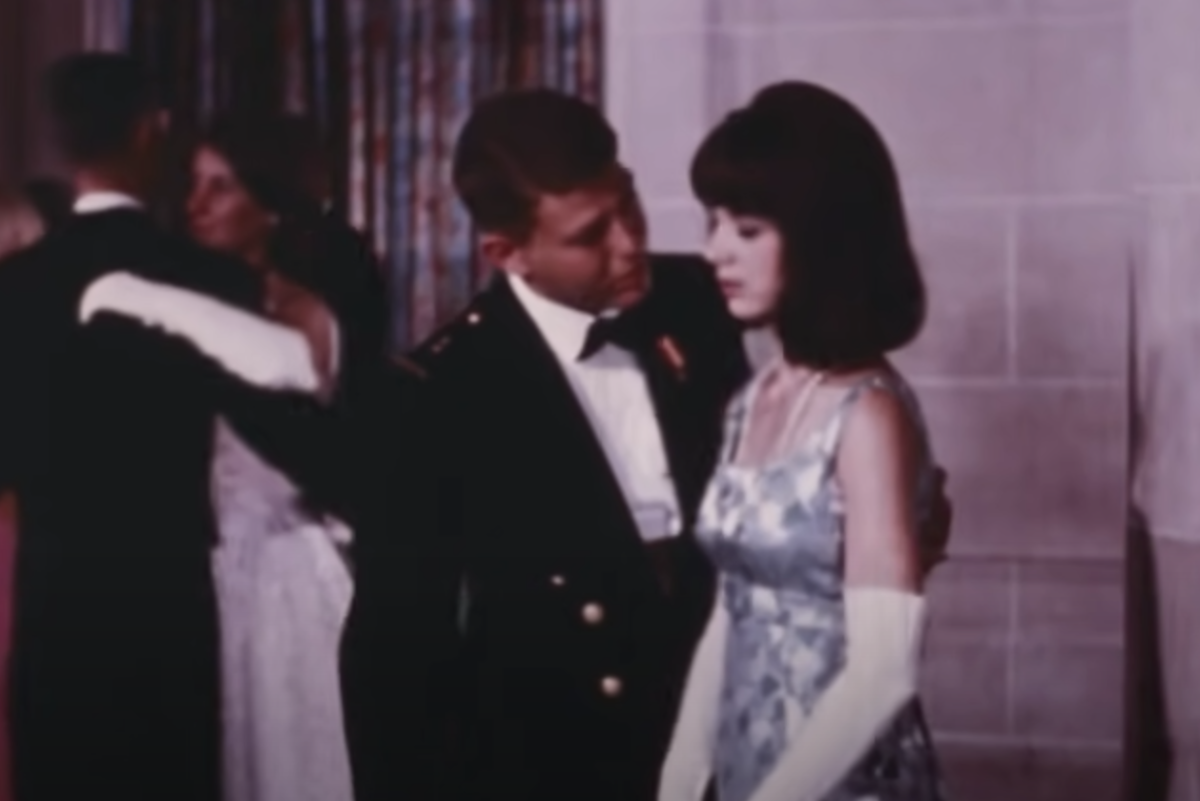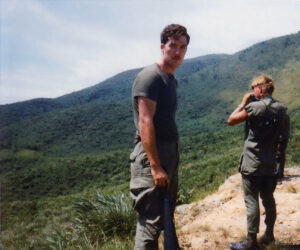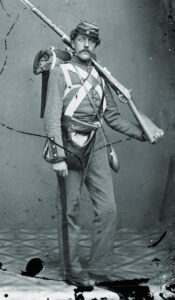“How to succeed with brunettes or blondes … they are all important missions wouldn’t you agree?” states the unctuous 1940s-sounding voiceover to this 1967 U.S. Navy-produced film, “How to Succeed with Brunettes.”
The better half of the film devotes time to truly gob smacking examples of exactly what not to do to win over the opposite sex, such as: Be late, play hard to get, gaslight, be aggressive, and, my personal favorite tongue-in-cheek line, “Treat her like an equal, women like that.”
One has to draw the conclusion that the Navy was not taking women’s liberation all too seriously at this time.
In the next scene, when the officer in question holds up the coat just a little too high for his date to comfortably put her jacket on, he approaches serious rogue status.
Who among us hasn’t ended dates over less?
The 16-minute, 33-second film is a comedy of errors that is both intentional and unintentional, as the National Archives blog, The Unwritten Record, points out.
After a modern viewer processes this instructional film — they’ll naturally question everything they knew about humanity. After that is done one may also ponder: Did we, as U.S. taxpayers, fund this drivel? Did it truly alter the etiquette of young 18-year-old petty officers everywhere? And, finally, will we ever learn the name of the brunette? Justice for Ms. Brunette!
We may never discover the profound impact “How to Succeed with Brunettes” had upon the Navy and sailors’ dates with dark-haired women. But according to a 1981 “60 Minutes” piece on waste in government filmmaking, “How to Succeed with Brunettes,” along with its companion film, “Blondes Prefer Gentlemen,” was awarded by 60 Minutes its highest award for the most unnecessary and wasteful film, at a cost of $64,000 to taxpayers, or approximately $567,513 today.
Speaking of government waste:
But, hey, look on the bright side, Ms. Brunette, at least you aren’t dating a Marine.
historynet magazines
Our 9 best-selling history titles feature in-depth storytelling and iconic imagery to engage and inform on the people, the wars, and the events that shaped America and the world.
